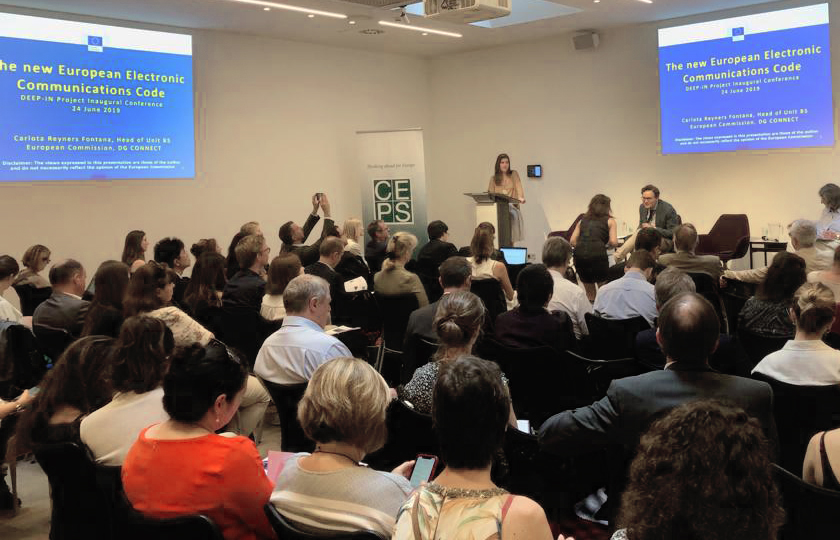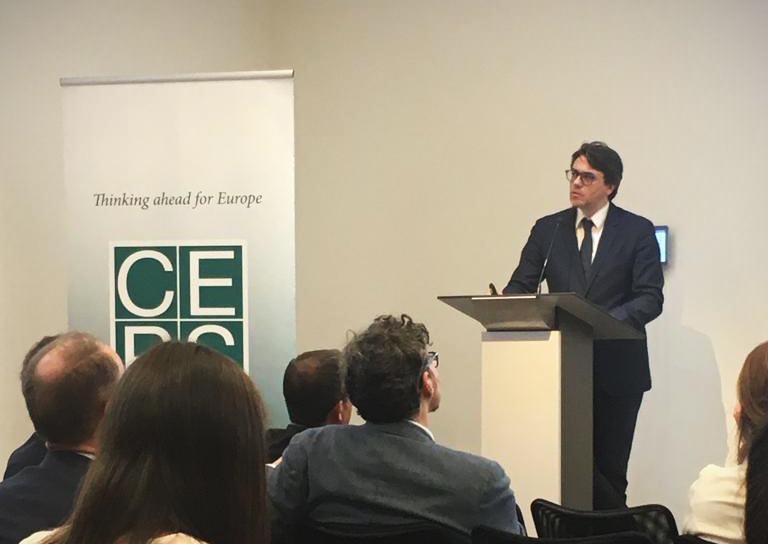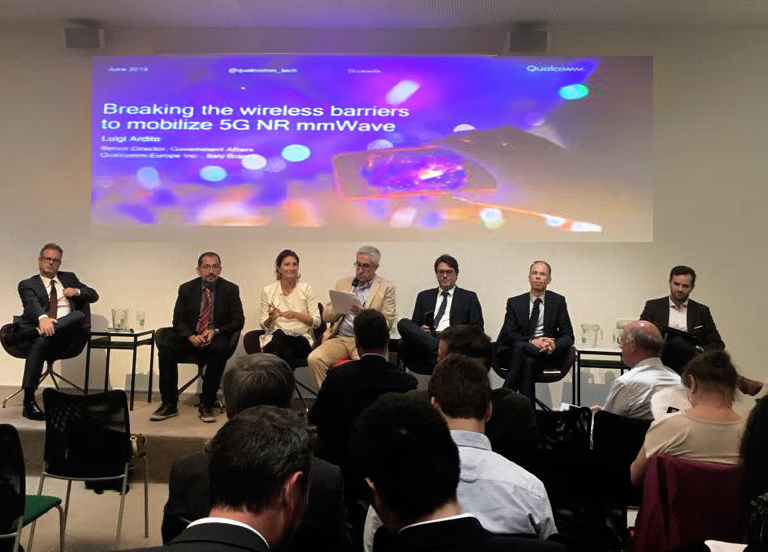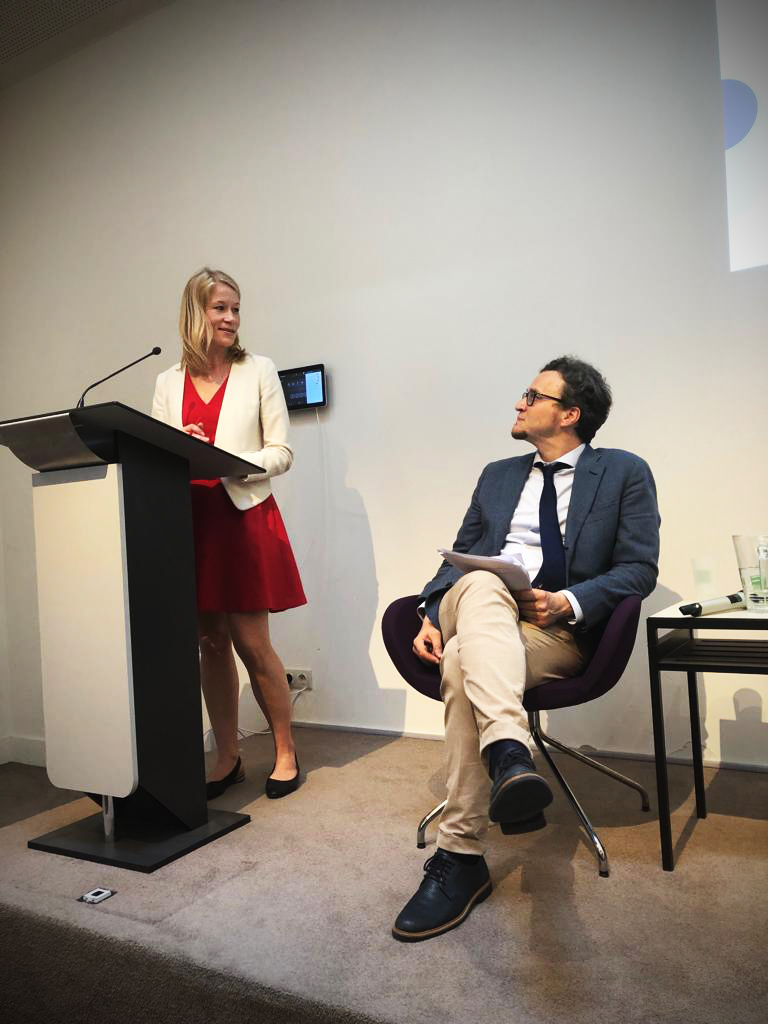When
June 24th 2019
Where
CEPS
1 Place du Congres
1000 Brussels
Join
Contact us to join the workshop
Since telecoms markets liberalisation, competition enhancement and promotion of innovative investments have been the two main objectives of the EU regulatory framework. They have been seen either as completely synergic or, increasingly often, as somehow conflicting and a source of regulatory trade-offs. In this context, the regulatory and policy balance between competition and investment has indeed changed over time: from the ladder of investments (LoI) approach, through
the NGA networks (2010) and cost accounting directives (2014), and now to the EU Electronic Communications Code (EECC), which comprises a number of new provisions aimed directly at facilitating the deployment and take-up of very high capacity (VHC) fixed and mobile networks.
The first session of this workshop, jointly organized by DeepIn Research Network and CEPS will debate the new EECC provisions to accelerate VHCN investments, trying to shed some light on some
crucial questions related to different aspects:
• Definitions, e.g., what is a very high capacity network, i.e., can FWA be included in the scope?
• Effectiveness, e.g., what are the real incentives that these provisions give to (different kinds of)
operators? Is regulation weakening an effective and efficient incentive? How will these new
provisions interact with national broadband and ultra-broadband public policies?
• Efficiency and fairness, e.g., what impact will these provisions have on competition? On the
different kinds of competition (upstream vs downstream)? And on final consumers?
The second session will focus on 5G as a building block of the forthcoming digital society, driving a
significant market and industrial transformation. Within this forward-looking and yet not completely
defined context, policy makers and regulators are seeking to deliver measures to encourage longterm investments in 5G networks. On the other side, market players are trying to understand how
to shape their business and investment strategies in order to respond to these transformations.
These policy and industrial objectives are related to many different aspects, among which:
• Regulatory provisions: e.g., how and to what extent do the new provisions within EECC help in
smoothing the path to 5G deployment?
• Spectrum policy: is there a general best-practice for spectrum licensing? And, specifically for
small cells? What authorization model would be better for 5G deployment in mmWave bands?
• Direct public intervention: how and to what extent can public financing fill investment gaps?
• Industry value chains: what will be the actual role of new players (and/or alliances) in the
different 5G business models? What (vertical industries, or OTT) will be these new players? How
will these changes affect profitability and investment strategies?





